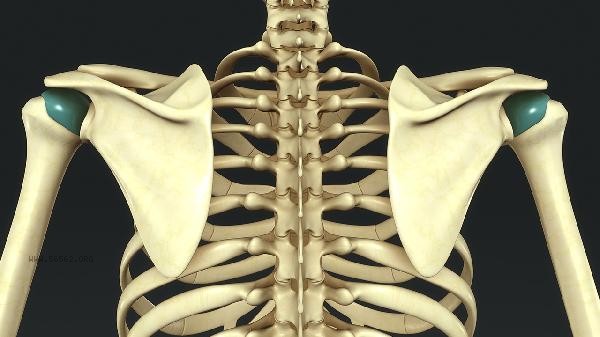The movements for training back muscles with dumbbells mainly include bending down and rowing with dumbbells, rowing with dumbbells on one arm, hard pulling with dumbbells, flying with dumbbells in reverse, and shrugging with dumbbells.

1. Bending dumbbell rowing
Bending dumbbell rowing mainly exercises the latissimus dorsi and trapezius muscles. Stand with feet shoulder width apart, knees slightly bent, lean forward to near horizontal, and hold dumbbells with both hands to naturally sag. Keep your back straight and use back strength to lift the dumbbell along your thighs to your abdomen, with your elbows as close to your body as possible. During the movement, avoid waist compensation and slowly lower the dumbbell to the starting position. This action can effectively enhance the thickness of the back, and it is recommended to choose a moderate weight to ensure the standard of the action.
2. Single arm dumbbell rowing
Single arm dumbbell rowing focuses on isolated training of the latissimus dorsi muscle. Kneel on one knee on a flat stool, with the same hand supporting the body, and the other hand holding a dumbbell hanging naturally. Maintain trunk stability, use back strength to lift the dumbbell vertically up to hip height, and slowly lower it after peak contraction. This action can correct muscle imbalance, and it is important to avoid leaning the shoulders forward or rotating the trunk. Suggest starting with light weight to master the power mode.
3. Dumbbell Hard Pulling
Dumbbell hard pulling has significant stimulation on the erector spinae and gluteal muscles in the lower back. Stand with both feet hip width apart, holding dumbbells in front of your thighs with both hands. When bending over, keep your back straight and place the dumbbell along your calf below your knee to feel the stretch of your hamstring muscles. Pull the body up to an upright position through the strength of the hips and back. Maintain a tight core throughout the entire movement, avoiding a round back or excessive backward tilt. This action can enhance the overall rear chain strength.

4. Dumbbell Reverse Flying Bird
Dumbbell reverse flying bird mainly strengthens the middle and lower trapezius muscles and rhombus muscles. Lying prone on a sloping board or standing forward, holding dumbbells with palms facing each other. Bend your elbows slightly and use back strength to lift the dumbbell to shoulder height on both sides, imagining the scapula squeezing towards the middle. Control the dumbbell to slowly fall back and avoid inertial swinging. This movement can improve round shoulder posture, and it is recommended to use lightweight multiple training.
5. Dumbbell shrugging
Dumbbell shrugging is a specialized training for the upper trapezius muscle. Stand upright with dumbbells in both hands and place them on your side, keeping your arms straight. Lift the shoulders towards the ears as much as possible by shrugging, and slowly lower them after the peak is contracted. Be careful to avoid neck extension or lumbar compensation. This movement can enhance the stability of the shoulder straps and is suitable for training in combination with other back movements.

When conducting dumbbell back training, it is recommended to schedule 2-3 times a week, selecting 3-4 movements each time. Each movement should consist of 3-4 groups, with 12-15 movements per group. Warm up the shoulder joints and lumbar spine thoroughly before training, and do a good job of stretching and relaxing after training. In the initial stage, the focus is on mastering movements, gradually increasing the weight. Ensure sufficient protein intake in diet, such as chicken breast, fish, and soy products, to help with muscle repair and growth. At the same time, combined with aerobic exercise to control body fat, making the back muscle lines clearer. If joint pain or discomfort occurs, adjust the movement mode in a timely manner or seek professional guidance.








Comments (0)
Leave a Comment
No comments yet
Be the first to share your thoughts!